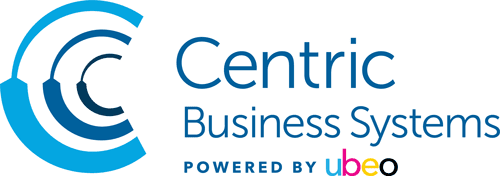Automated Document Workflows Simplify Regulatory Compliance
Processing and managing documents are a large part of most organizations’ business process workflows. Many of those documents contain sensitive data such as financial information, social security numbers, personal healthcare information, account numbers, credit and payment histories, and more. Regulations like SOX (Sarbanes Oxley), GDPR (General Data Protection Regulation), FERPA (Family Educational Rights and Privacy Act), HIPPA, CCPA (California Consumer Privacy Act), and others set down rules on how organizations must handle and protect that information. Human-error-prone manual steps when dealing with regulated information in documents and workflows can result in security breaches and compliance failure. Unfortunately, according to the Verizon 2021 Data Breach Investigations Report, 85% of breaches involve a human element. Automating document workflows in an organization can simplify regulatory compliance, helping organizations avoid costly fines, penalties, or worse.
Business processes and their workflows begin with capturing and classifying the volume of documents a firm receives each day. Modern document and content management solutions can capture and digitize scanned paper documents, and also capture data from PDFs, email messages, web forms, and many other document types and file formats. Intelligent capture features can extract the important data contained in a document or file to automatically classify it as a sales order, purchase order, invoice, employment application, legal correspondence, healthcare record, etc., to identify the next steps to be taken. These steps could include attaching secure access permissions, retention schedules, routing into an appropriate process workflow, or storing as a record of the firm. Automating the capture and classification steps removes manual steps that could result in improper classification, workflow disruption, and increased security and compliance risks.
Once the document or data has been classified, it can automatically be routed into a business process workflow for review, validation, and approvals. Today’s document and content management solutions can ensure that security levels and access permissions are properly – and automatically – applied to comply with various industry regulations. Additionally, these solutions provide versioning to track any changes made to a document or file, providing a valuable audit trail if a compliance audit is required. Using an automated document and content management workflow solution is an important part of maintaining compliance.
Document and content management solutions help digitize paper document workflows and integrate them with digital workflows. They also provide a secure way to store documents, records, and data. They make it easy to search for and find important documents and information, and they can apply access rules to prevent unauthorized users from maliciously or accidentally obtaining and distributing sensitive information. Retention schedules can be put in place to make sure outdated documents and information are properly and securely removed. These features help an organization comply with regulations as well as provide a strong archive for disaster recovery and business continuity.
Becoming efficient in complying with industry, privacy, and security regulations requires reducing paper-based workflows and eliminating as many error-laden manual steps as possible in document workflows. With the most modern document and workflow management solutions such as Square 9, Centric Business Systems can help virtually any firm digitize and automate workflows to simplify regulatory compliance. For a complimentary consultation on how to meet your organization’s compliance needs contact us at (877) 902-3301 or visit us at www.centricbiz.com.
